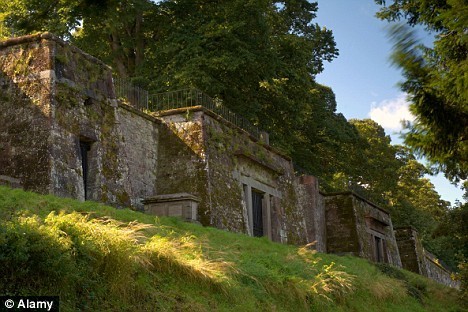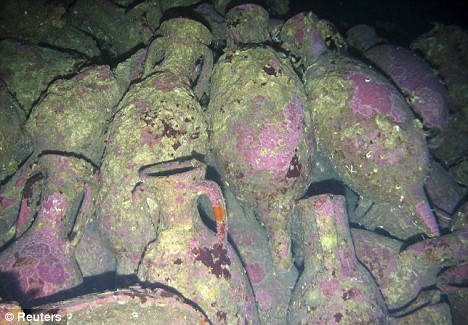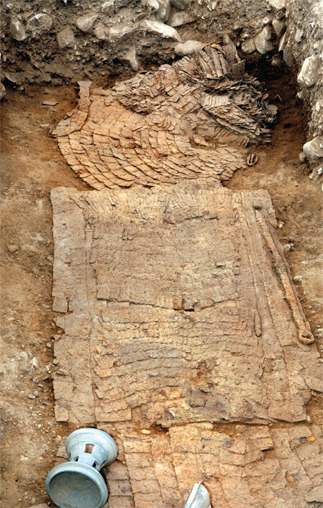Michelle Moran's Blog, page 136
July 25, 2009
Council considers using 19th century catacombs to store bodies of swine flu victims

Catacombs: Exeter City Council could use these 19th century underground burial chambers to store the bodies of swine flu victims if the outbreak worsens
By Jenny Hope and Graham Smith
A council is considering using 19th century underground burial chambers to store the bodies of swine flu victims if the outbreak worsens.
Read the rest on the DailyMail.July 24, 2009
Archaeologists Discover Nymph Sanctuary in Central Bulgaria
Read the rest here.
Finding King Herod's Tomb
Shielding my eyes from the glare of the morning sun, I look toward the horizon and the small mountain that is my destination: Herodium, site of the fortified palace of King Herod the Great.
Read the rest in Smithsonian Magazine.
Recently Destroyed Archaeological Site in Khuzestan Province, Believed to be the Lost Partho-Sasanian City of Azem
LONDON, (CAIS) -- Following the recent destruction of part of an archaeological site in Khuzestan province by state controlled Iran's National Oil Company's subcontractors, an Iranian archaeologist claimed the site is the location of the lost Partho-Sasanian city of Azem.
HISTORY'S HORRORS IN THE PRESENT: North Korea Publicly Executes Christian Woman for Distributing Bible
Read the rest here.
July 23, 2009
HA!
Archaeologists discover five Roman shipwrecks untouched since they sank nearly 2,000 years ago

Reuters: Amphorae from one of the Roman shipwrecks seen on the seabed near the island of Ventotene. The ships have been left untouched for centuries
A team of archaeologists using sonar technology to scan the seabed have discovered a 'graveyard' of five pristine ancient Roman shipwrecks off the small Italian island of Ventotene.
Read the rest on the DailyMail.Ancient Silla armor comes to light: The recent discovery of the armor of Silla Dynasty cavalrymen has provided proof of the existence of these mythica

GYEONGJU - The warrior's body and bones are long gone, decayed into the soil. But the armor that once protected him from enemy swords and arrows has survived the passage of time and has been revealed for the first time in 1,600 years.
Read the rest here.
A 700-year trip beneath Mud Bay
South Sound's premiere archaeological site was a busy place Tuesday as 27 students and supervisors from all over the country worked with painstaking care to uncover treasures from a 700-year-old fishing and seafood-processing camp once inhabited by ancestors of the Squaxin Island tribe.
July 22, 2009
UC Scientists Determine That Ancient Maya Practiced Forest Conservation — 3,000 Years Ago
As published in the July issue of the "Journal of Archaeological Science," paleoethnobotanist David Lentz of the University of Cincinnati has concluded that not only did the Maya people practice forest management, but when they abandoned their forest conservation practices it was to the detriment of the entire Maya culture.
Read the rest here.



